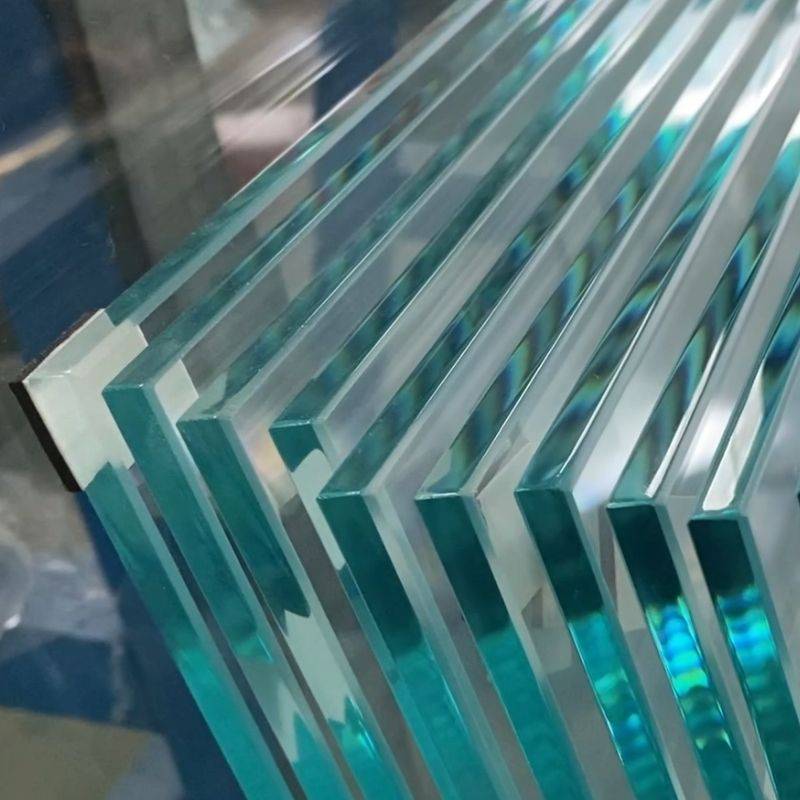

Mirror Reflective Glass A Gateway to Modern Aesthetics and Functionality
In today's architectural landscape, mirror reflective glass is gaining prominence for its unique ability to blend aesthetics with practicality. Characterized by its reflective surface, this type of glass has become a preferred choice among architects, designers, and builders striving for a modern, sleek appearance while also addressing functionality and environmental concerns.
The Aesthetic Appeal
One of the primary attractions of mirror reflective glass is its striking visual appeal. This glass can create a dramatic impact in any setting, enhancing the design of both commercial and residential buildings. With its reflective surface, the glass captures and reflects the surrounding environment, creating a sense of harmony and unity. Buildings adorned with mirror reflective glass often appear as modern artworks, where the reflections of the sky, landscape, and nearby structures change throughout the day, adding a dynamic element to the architecture.
Reflective glass is not only a design element but also plays a crucial role in the context of urban landscapes. By reflecting the surrounding environment, these glass surfaces contribute to a building’s integration within its context, minimizing visual disruption. Furthermore, the sleek, polished finish of mirror reflective glass adds an element of sophistication and elegance, which is highly sought after in contemporary design.
Functional Benefits
Beyond aesthetics, mirror reflective glass offers a range of practical benefits. One significant advantage is its energy efficiency. By reflecting sunlight, this type of glass can reduce the amount of heat entering a building, leading to lower energy costs for cooling during hot months. Consequently, architects and builders are increasingly incorporating reflective glass into their designs as a means to achieve energy-efficient buildings that comply with modern sustainability standards.

Moreover, mirror reflective glass provides enhanced privacy without sacrificing natural light. While the exterior reflects light and images, it allows occupants to enjoy unobstructed views of the outside world. This dual function is particularly valuable in urban environments, where buildings are often situated close together. The balance of visibility and privacy ensures that residents can feel at home while remaining shielded from prying eyes.
Challenges and Considerations
Despite its many benefits, the use of mirror reflective glass is not without challenges. One primary concern is glare, which can be problematic in certain environments, especially in urban settings where sunlight may reflect off reflective surfaces, causing distractions for pedestrians and drivers alike. To mitigate this issue, architects must carefully consider orientation, placement, and the angle of the glass to minimize glare while maximizing its aesthetic appeal.
Another consideration is the maintenance of mirror reflective glass. While it is relatively easy to clean, the reflective properties can highlight dirt and smudges, requiring regular upkeep to maintain its appearance. This aspect may pose additional costs and labor for building owners and facility managers.
Conclusion
Mirror reflective glass embodies the intersection of beauty and function, making it a popular choice in modern architecture. Its ability to reflect and integrate with the surrounding environment, coupled with energy efficiency and privacy options, positions it as a valuable material in both commercial and residential design. However, it is essential for architects and builders to navigate the challenges associated with glare and maintenance carefully. As technology advances and trends in architecture evolve, mirror reflective glass is poised to remain a significant element in the creation of stunning, functional buildings that define the skylines of the future.